
The original version of this article appeared in the membership magazine of the Swiss Alpine Club‘s Zurich-Uto Chapter, May/June 2019 edition, in German language.
In a recent blog post we volunteered a small list of questions that allow you to combine both performance and sustainability aspects when shopping for new kit. One of these questions referred specifically to ‘eco’ labels that you may find on a product – or its hang-tag.
Of course the key question is: what labels that you may encounter when shopping for alpine kit, are (reasonably) trustworthy? In the overview that follows you will therefore only find labels that are relevant in the context of outdoor and alpine kit on the one hand, and that are trustworthy on the other.
Important: In this post we focus entirely on labels that are relevant for apparel, and – possibly – footwear in the outdoor/alpine/sporting goods sector. For hard goods such as climbing equipment, a couple of labels are under development as we speak. However, it will take some time until these will be found on the product’s hang-tag. That’s the reason why they are not listed in the overview.
For labels that are either not listed, or are rarely if at all ever found on outdoor and alpine apparel, the following labeling guides might be useful:
– German: ‚Siegeleinkaufsratgeber‘ by Greenpeace Germany
– German: ‚Siegel von A bis Z‘ by “Christliche Initiative Romero” (CIR)
– English: ‘Textile Standards & Legislation’ by the publishers of Ecotextile News.
– English, Spanish and French: ‘Sustainability Standards Map’ by the International Trade Centre (ITC; also allows for a coverage comparison between different existing standards and labels)
Labels and certifications can typically be separated into the following 4 categories, namely those that identify:
- (better) material ingredients
- (better) labour conditions in the supply chain
- (better) animal welfare
- (better) chemical management in the supply chain
It is of utmost importance to keep in mind at all time that a label – any label – really only has a fairly narrow meaning: a label on animal welfare does not have any relevance when it comes for example to labour conditions or chemical management.
So – here the overview of the relevant labels for the outdoor/alpine/sporting goods sector:
| Category | Label Name | Abbreviation & Label | What does it mean? |
| Material | Organic Cotton Standard | OCS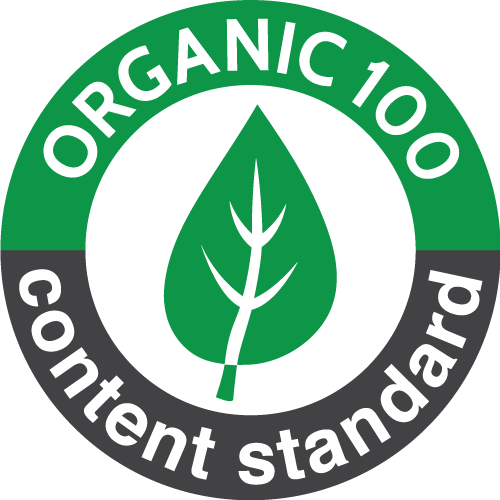 | 100% Organic Cotton |
| Material | Global Organic Textile Standard | GOTS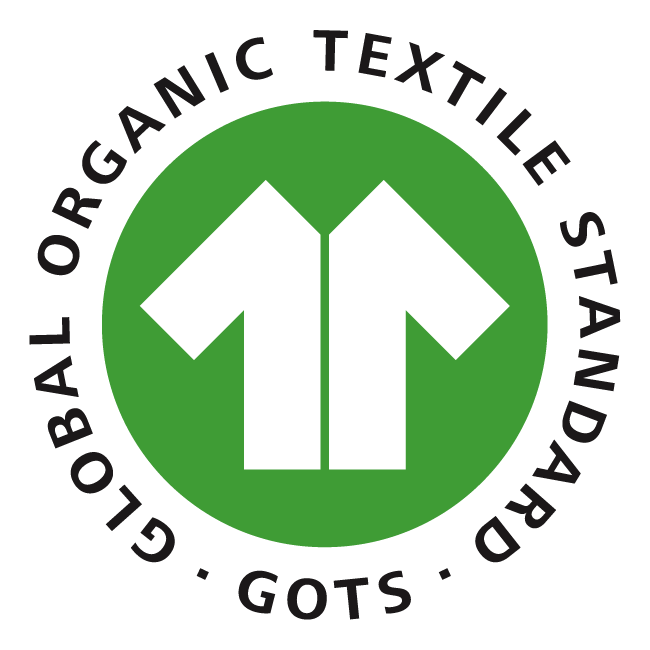 | 100% Organic Cotton + environmentally friendly production |
| Material | Global Recycled Standard | GRS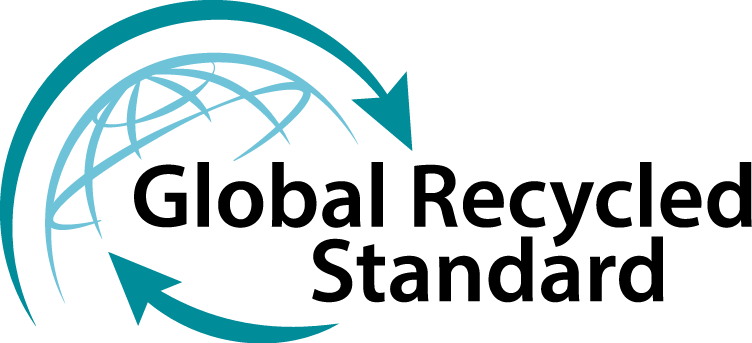 | At least 50% recycled material + environmentally friendly production |
| Animal Welfare | Responsible Down Standard | RDS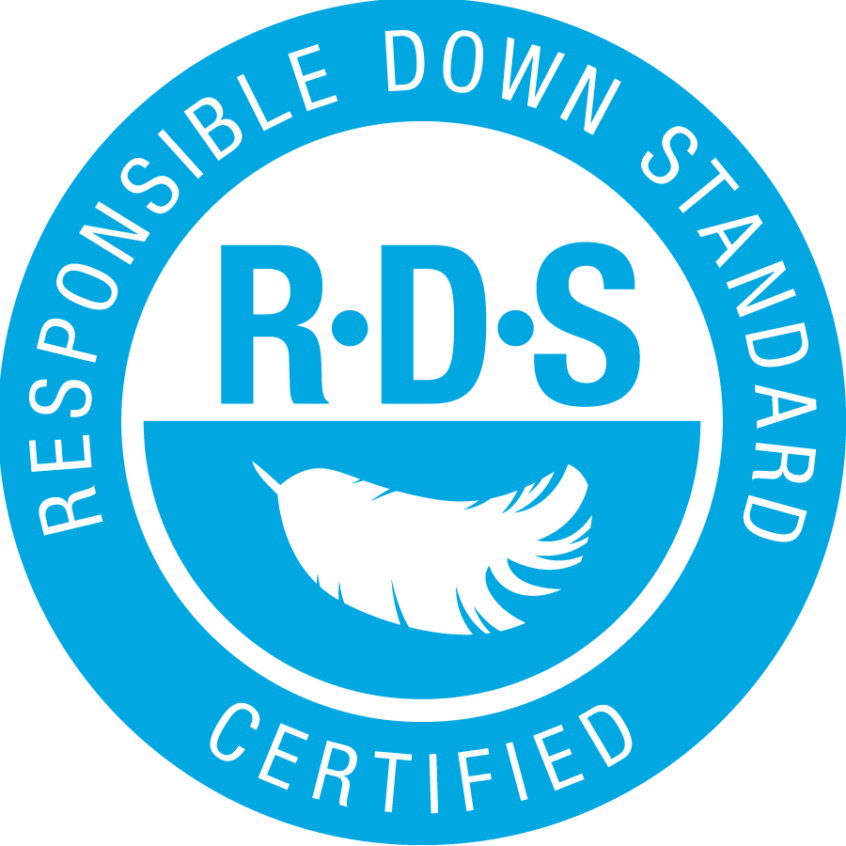 | 100% down from birds that have not been life plucked or force fed, and for whose upbringing further stringent animal welfare criteria were adhered to. |
| Animal Welfare | Traceable Down Standard | TDS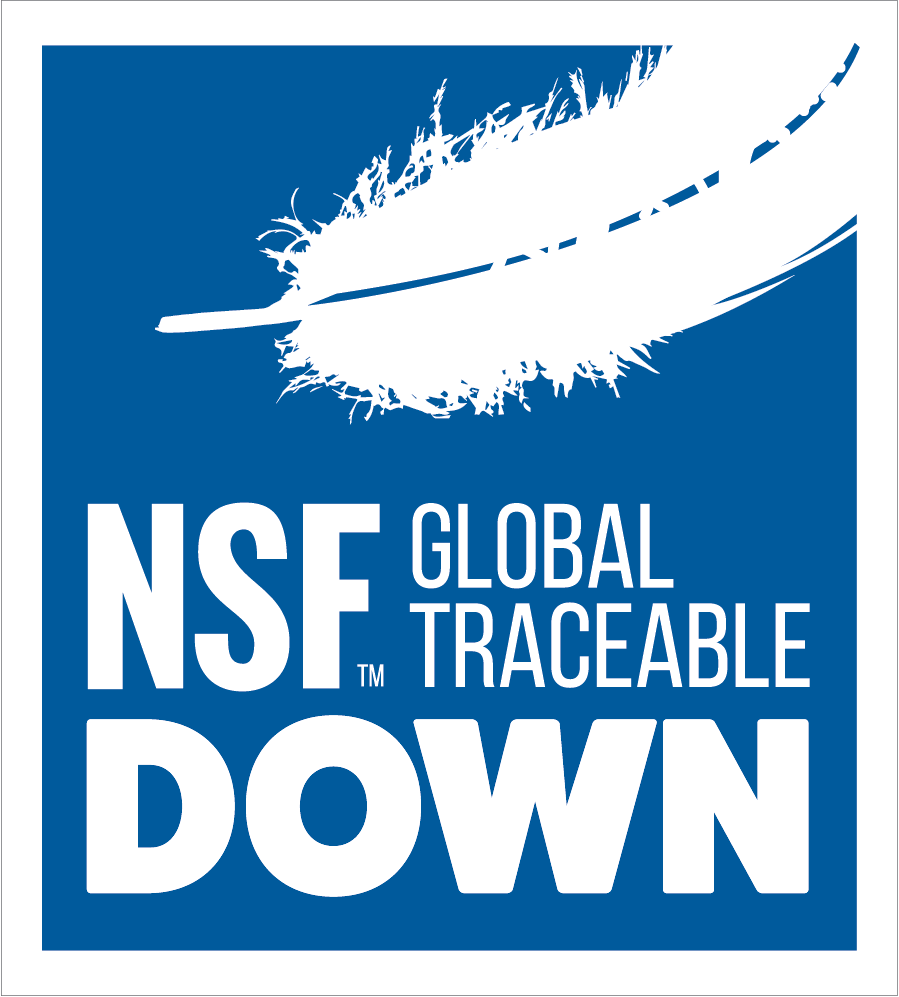 | 100% down, from birds and mother birds that have not been life plucked or force fed, and for whose upbringing further stringent animal welfare criteria were adhered to. |
| Animal Welfare | Responsible Wool Standard | RWS 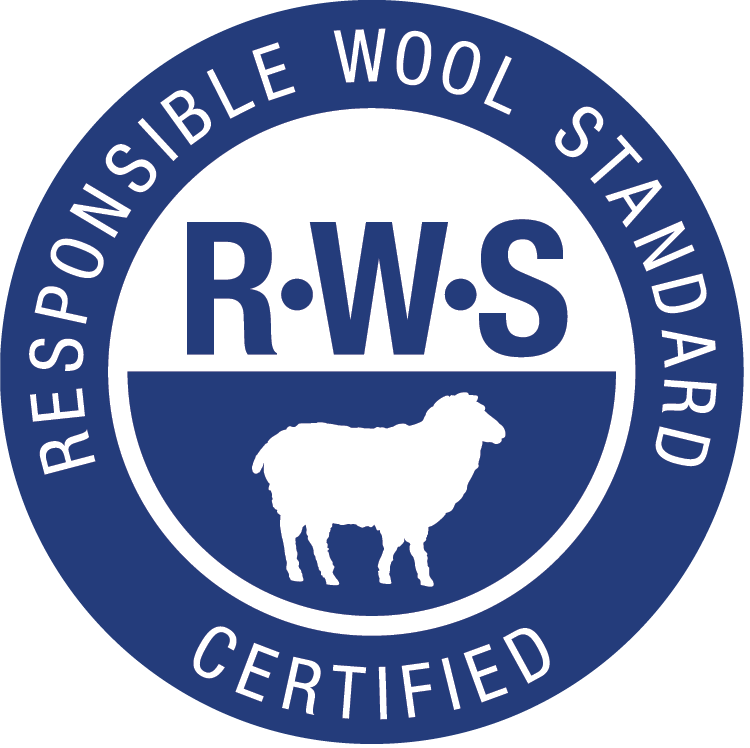 | 100% wool from un-mulsed sheep, for whose upbringing further stringent animal welfare criteria were adhered to. |
| Chemicals | BlueSign | BlueSign 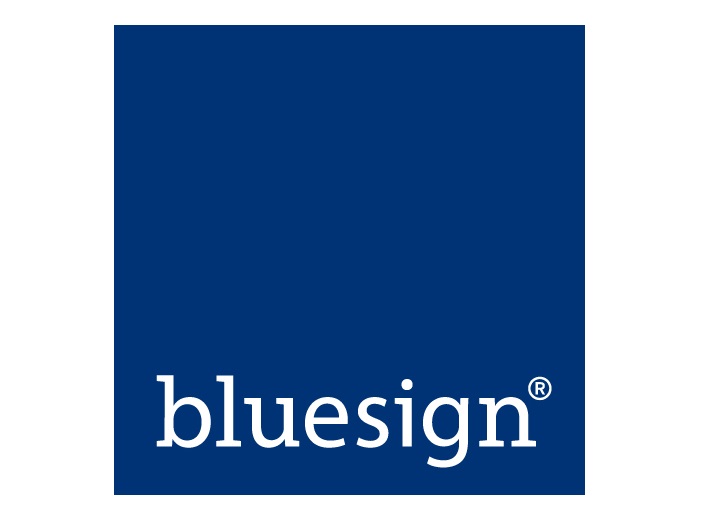 | Stringent chemical management in the fabric dyeing and production processes |
| Labour Conditions | Fairtrade Cotton | Fairtrade 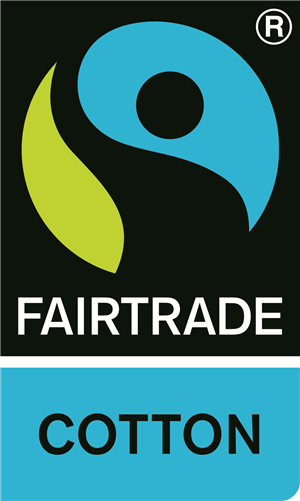 | 100% of the cotton has been grown on fields with fair labour conditions for the farmers. |
| Labour Conditions | Fair Trade | Fair Trade Certified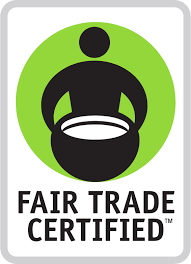 | The factory, in which this product has been produced, is Fair Trade certified and upholds stringent labour conditions. |
| Labour Conditions | Fair Wear Foundation | FWF 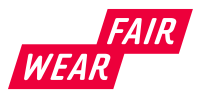 | Fair Wear Foundation members, who receive a ‘leader’ status in their assessment, are allowed to use the Logo on their products |
Table: The typically and most frequently ‘eco’ labels found in the outdoor/alpine/sporting goods industry and hence on such products.
Side note: What does ‘trustworthy’ mean in the context of ‘eco’ labels?
For a label to be trustworthy, hence meaningful, it needs to fulfil at least 2 formal and 1 content criteria:
-
Formal:
Independence and transparency:
- The content development, accreditation of the label, and the inspection of the product or the company must be genuinely independent from one another.
- The data exchange among the above three parties must only happen in consolidated and anonymised manner. The data can only be used to improve the respective processes.
- Content: the label, and the underlying standard, must be able to objectively identify and measure the specific ‘sustainability’ contributions and credentials relative to the non-labelled ‘normal’ competition. In other words: the ‘difference’ that is being made through the label must be measurable and quantifiable.
Important: As consumer you really need to be aware of the fact that there are no 100% guarantees!
Labels show that a brand has truly made an effort with its products and in its supply chain, and has brought in neutral experts to assess their achievements (or lack thereof). However: that is still not a 100% guarantees that always, and in every moment, everything works smoothly and perfectly. If you happen to come across such a doubtful case: Ask the brand in question what exactly happened there and judge – either way – in function of how transparent the answer is that you receive.
Also: Not every brand wants (more seldom: is in the position, for cost reasons) to have itself assessed by external experts. That’s also OK. If your favourite brand does not boast labels: take the time, get in touch with their customer service, and ask how they ensure that in all the above areas they can keep pace with the labelled competition.
We’d be happy to help figuring out if the answers received are worth their salt. Labels are not the be-all-and-end-all, but rather a fairly efficient approach for the end consumer to separate the wheat from the chaff. More so if one does not happen to know a brand all too well. Particularly in the case of very small and/or niche brands, it is always worth to ask them your questions personally (or via the retailer) … the answer may well be a positive surprise!

